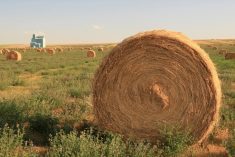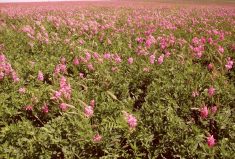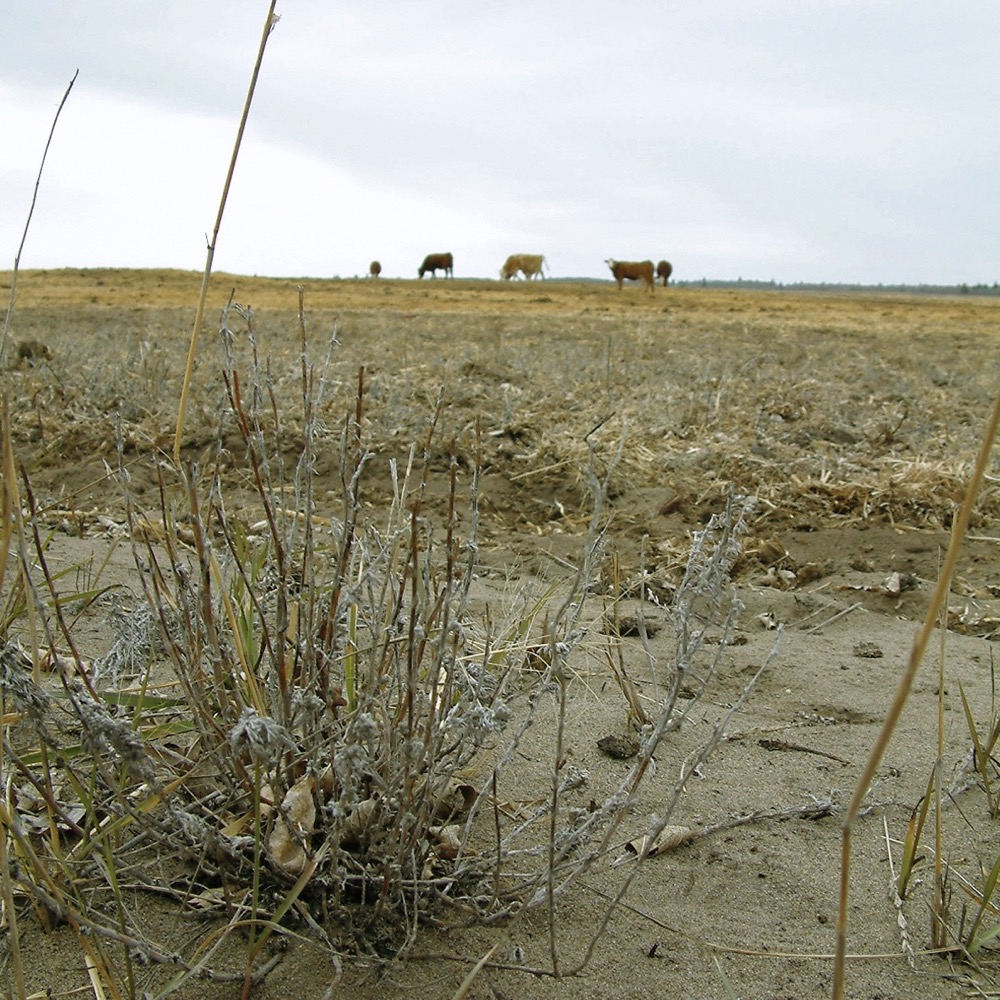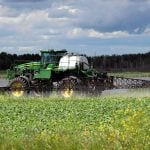Bruce Coulman is a professor at the plant sciences department in the College of Agriculture and Bioresources at the University of Saskatchewan. He has helped develop and register 22 forage cultivars through research programs at the University of Saskatchewan and Agriculture and Agri-Food Canada. Highlights include the development of AC Grazeland, a bloat-reduced alfalfa, and the development of several hybrid bromegrass cultivars. We recently contacted professor Coulman for his thoughts on perennial forage breeding, research, climate change and the advantages of forages as a crop.
Q: Why is forage breeding important?
Read Also
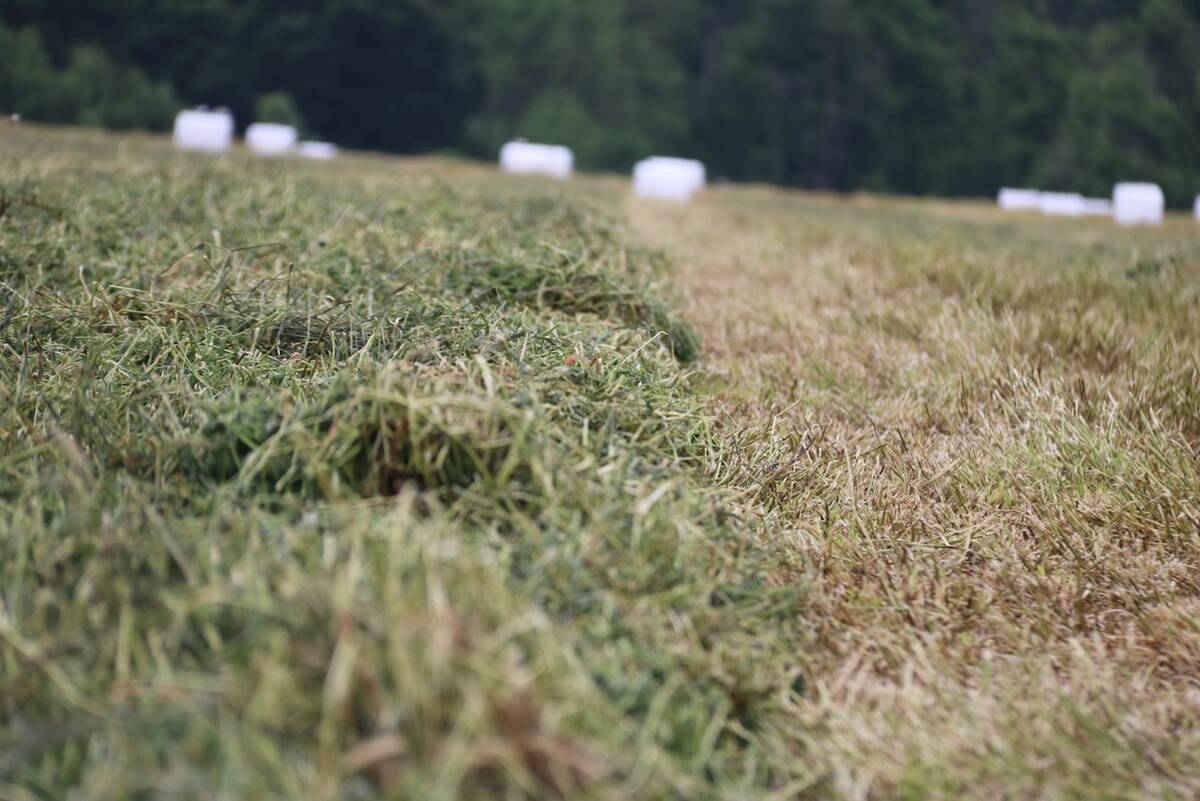
New high performance forage training program to launch in 2026
A new Canadian Forage and Grasslands Asssociation high performance forage program will be a resource for farmers, agronomists and others in the forage sector.
A: In all crop types, it is important to have breeding programs to consistently improve the varieties grown by farmers. In the case of forages, they have a larger acreage of land in Canada than other crops. Our forage-breeding programs allow us to improve production, and develop varieties resistant to diseases.
Q: Is some of the forage breeding you are working on in response to our changing world, in particular climate change on the Prairies?
A: As long as plant breeders are testing their breeding populations in the field, varieties adapted to a gradually changing climate will be selected, since we select the most productive lines each year, whatever the climatic conditions. In addition, as part of our program, we are evaluating species which are presently marginally adapted to our climate but which may become better adapted under climate change.
Q: Where do you feel the most potential is in breeding new varieties — native vs. tame?
A: Most of the focus is with tame grasses and legumes as producers are most often growing these. With native species, there are challenges with producing seed, which drives up seed cost to the producer. A collaborative program over the last 20 years involving Ducks Unlimited Canada, Agriculture and Agri-Food Canada and the Universities of Manitoba and Saskatchewan has resulted in seed of “ecological varieties” of a number of native species being available to producers.
Q: What traits do producers demand? Is it primarily yield?
A: It is primarily yield; however, there is demand for improved varieties for grazing purposes that grow early in the spring and stay green later in the fall. There are numerous other traits that interest individual producers, such as alfalfa varieties that retain their leaves when dried or when frosted in the fall.
Q: Why did the hybrid bromegrass produce the highest beef gains as compared to the meadow and smooth bromegrass?
A: That is likely due to a slightly better forage quality of hybrid bromegrass, especially at the late vegetative stage of growth when grazing is often done. The fibre content of hybrid brome is somewhat lower than smooth and meadow brome at this stage.
Q: What is the reality for the potential of grasses for biomass production? Is ethanol really viable on the Canadian Prairies?
A: There is still work to do on the methodology for economically producing ethanol from cellulosic materials. If this was to become a reality in Western Canada, cereal crop straw would provide a high-volume reliable source of material for ethanol production. There are also certain grasses that can be grown on marginal land that could be used for ethanol production, but yields on these areas would be lower. There has been a tremendous amount of money and time put into developing switchgrass and miscanthus grass as biomass sources south of the border. But these species are not as well adapted to Western Canada. We have evaluated biomass production of adapted cool-season grasses and found intermediate wheatgrass to be the highest yielding. Rather than for ethanol, grasses may have more potential as energy sources through direct combustion of pelleted materials. Pelleted switchgrass is already being used as a fuel source in Eastern Canada and the U.S.
Q: What would you tell the world about Western Canada’s forages?
A: Forages have a lot of advantages as a crop. They provide large amounts of quality feed for ruminant animals. In addition, perennial forages provide numerous benefits to the environment, such as soil conservation and wildlife habitat. It is important we continue to improve these kinds of crops.
This article was originally published in the 2015 Forage & Grassland Guide



